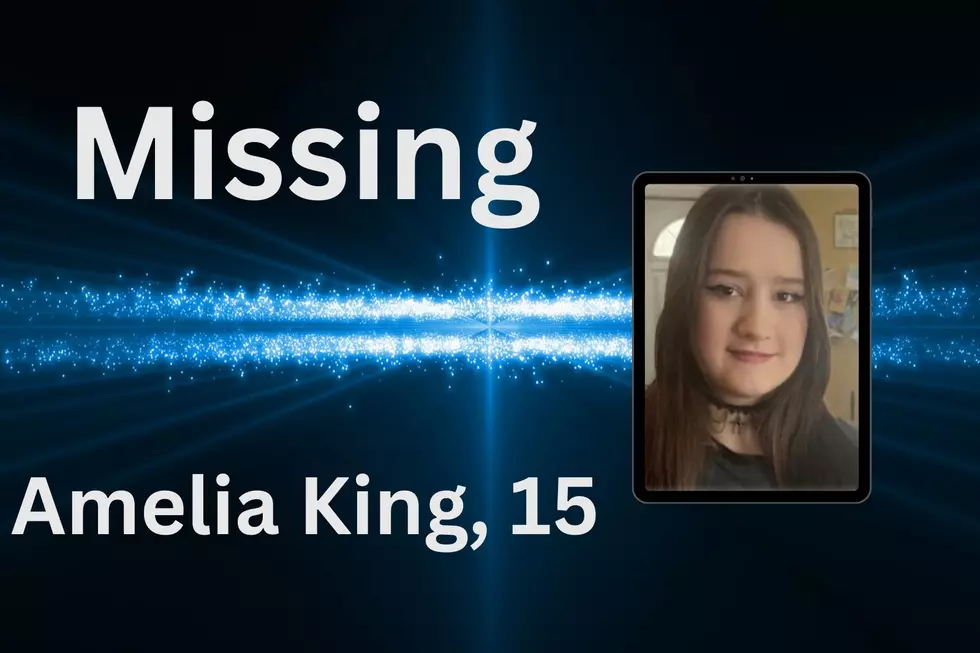
Monday’s Solar Eclipse: 3 Things You Should Know
The total solar eclipse set to take place this Monday, August 21, is a rare, almost magical treat for anyone interested by what's up there in the sky and how it works. NASA has been preparing for the celestial event, and we wanted to share a few key pieces to help you better enjoy and understand what's about to happen.
"Full Totality"
The eclipse will move along a path (see below) of "full totality" -- meaning those people living along that path will see the moon completely block out the sun -- across 14 states, from Salem, Oregon to Charleston, South Carolina. The states are: Oregon, Idaho, Montana, Wyoming, Nebraska, Kansas, Iowa, Missouri, Illinois, Kentucky, Tennessee, North Carolina, South Carolina and Georgia.
Courtesy of NASA, here is a map showing the precise path (click to enlarge):
But even if you don't live directly along that path (and that's most of us), you'll still be able to experience the eclipse, just not at full totality. The farther away from the path you are, the less the moon will cover the sun. Even people in northern Maine or southern Texas will see at least a 50 percent coverage.
A partial eclipse is still pretty impressive, though, don't worry.
Don't Look Directly at the Sun
We know your mother probably told you that when you were a kid, and it's at times like these when that is most important. Obviously you're going to want to look at the sun right? After all, that's where the eclipse is.
Fortunately, you can get yourself a pair of eclipse glasses. As for what else to do, we'll let the scientists explain:
When watching a partial eclipse you must wear eclipse glasses at all times if you want to face the sun, or use an alternate indirect method. This also applies during a total eclipse up until the time when the sun is completely and totally blocked.
During the short time when the moon completely obscures the sun — known as the period of totality — it is safe to look directly at the star, but it's crucial that you know when to take off and put back on your glasses.
And now for some video on just that:
How Rare Is a Solar Eclipse?
The short answer? Not all that rare. Partial eclipses happen frequently. But Monday's event is a total solar eclipse, and that's a different thing altogether. Again, some quick background from those geniuses at NASA:
The last total solar eclipse viewed from contiguous United States was on Feb. 26, 1979 whose path passed through the northwestern U.S. states of Washington, Oregon, Idaho, Montana, North Dakota, and Canadian provinces of Saskatchewan, Manitoba, Ontario and Quebec. After the August 2017 total solar eclipse, the next annular solar eclipse that can be seen in the continental United States will be on October 14, 2023 which will be visible from Northern California to Florida. Following this, we will have a total solar eclipse on April 8, 2024 visible from Texas to Maine.
So if you miss this one, you'll have to wait six years for the next one.
A Little Help From an 8-Year-Old Science Expert
Romanieo Golphin, Jr. from Silver Springs, Maryland, appeared on Jimmy Kimmel Live to help everyone understand what's about to occur. We know you just got through reading all that stuff above, but you probably could have just watched this instead. Sorry.
Enjoy the eclipse!
More From WQCB Brewer Maine





